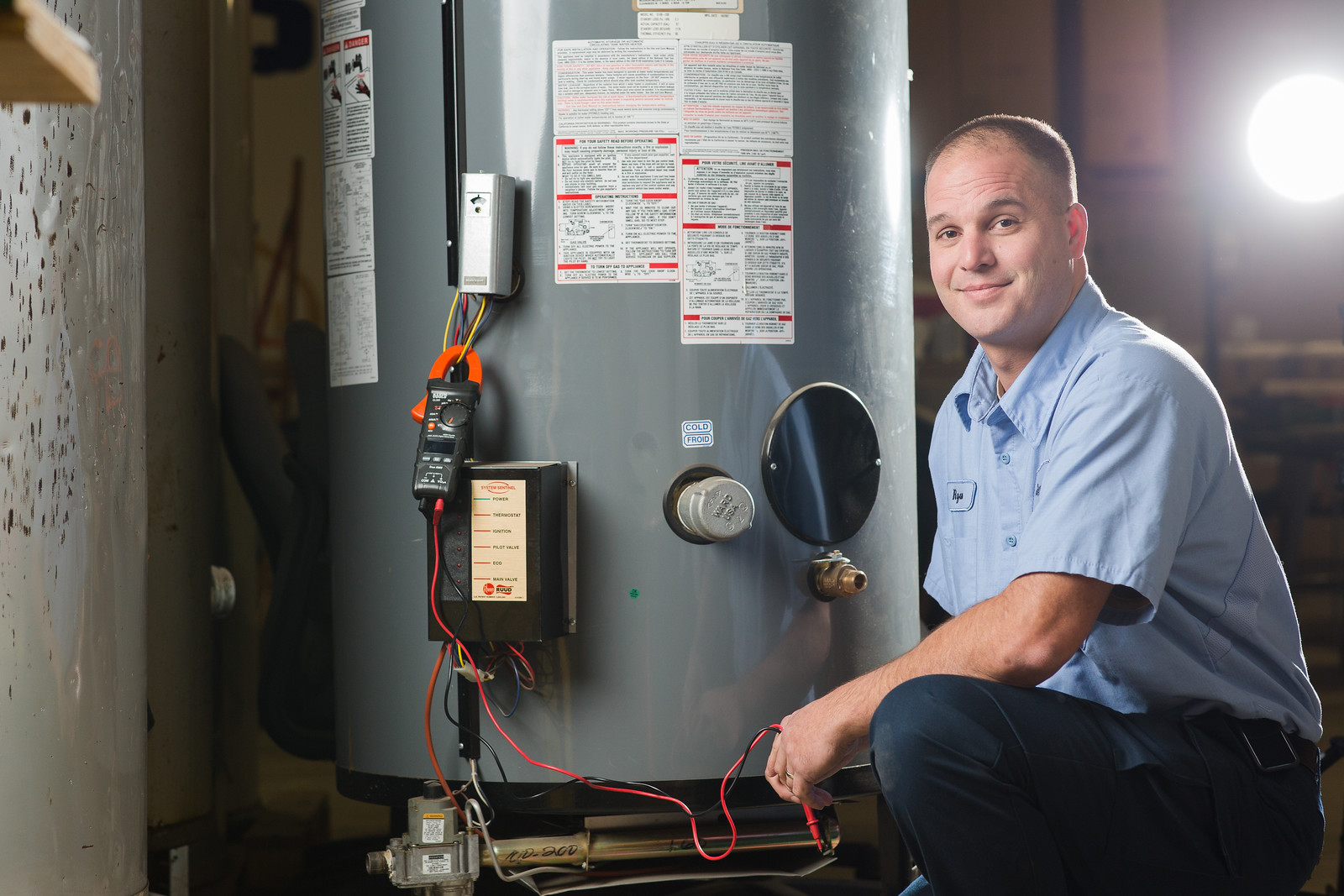Simple Steps to Maintaining Your Home's Hot Water SystemWhat to Maintain Your Home's Hot Water System Effectively
Simple Steps to Maintaining Your Home's Hot Water SystemWhat to Maintain Your Home's Hot Water System Effectively
Blog Article
Have you been interested in help involving Tips For Maintaining Your Hot Water Heater?

Hot water is important for daily convenience, whether it's for a revitalizing shower or cleaning dishes. To ensure your hot water system runs successfully and lasts longer, normal upkeep is crucial. This article offers practical tips and insights on how to preserve your home's hot water system to prevent interruptions and pricey repairs.
Intro
Keeping your home's warm water system could appear difficult, but with a few simple steps, you can ensure it operates smoothly for many years to find. This overview covers every little thing from recognizing your warm water system to do it yourself maintenance tips and knowing when to call in professional help.
Importance of Keeping Your Warm Water System
Normal upkeep not just expands the life-span of your hot water system however also guarantees it runs successfully. Disregarding upkeep can lead to decreased efficiency, greater power expenses, and even premature failure of the system.
Signs Your Warm Water System Demands Upkeep
Knowing when your hot water system requires interest can avoid significant concerns. Keep an eye out for indications such as inconsistent water temperature, strange sounds from the heater, or corroded water.
Understanding Your Warm Water System
Before diving into upkeep tasks, it's handy to understand the basic elements of your hot water system. Typically, this includes the hot water heater itself, pipelines, anode rods, and temperature level controls.
Monthly Maintenance Tasks
Normal regular monthly checks can help capture minor concerns before they rise.
Flushing the Hot Water Heater
Flushing your water heater gets rid of sediment accumulation, boosting performance and prolonging its life.
Monitoring and Changing Anode Rods
Anode rods prevent rust inside the container. Inspecting and replacing them when worn is vital.
Evaluating and Adjusting Temperature Settings
Readjusting the temperature setups makes sure optimal efficiency and security.
Do It Yourself Tips for Maintenance
You can perform a number of upkeep tasks yourself to maintain your hot water system in top problem.
Checking for Leaks
Consistently inspect pipes and connections for leaks, as these can cause water damages and greater costs.
Testing Pressure Alleviation Valves
Examining the pressure safety valve guarantees it operates appropriately and prevents excessive pressure buildup.
Shielding Pipelines
Insulating hot water pipes reduces heat loss and can conserve power.
When to Call a Professional
While DIY maintenance is useful, some problems need expert expertise.
Facility Concerns Calling For Specialist Assistance
Examples include major leaks, electrical issues, or if your hot water heater is constantly underperforming.
Routine Expert Upkeep Benefits
Professional maintenance can include complete assessments, tune-ups, and making sure compliance with security requirements.
Final thought
Routine upkeep of your home's warm water system is necessary for performance, long life, and price financial savings. By adhering to these pointers and recognizing when to look for specialist aid, you can make certain a reputable supply of warm water without unforeseen interruptions.
How to Maintain an Instant Hot Water Heater
Before tinkering with your hot water heater, make sure that it’s not powered on. You also have to turn off the main circuit breaker and shut off the main gas line to prevent accidents. Also turn off the water valves connected to your unit to prevent water from flowing into and out of the appliance. 2. When you’re done, you have to detach the purge valves’ caps. These look like the letter “T” and are situated on either side of the water valves. Doing so will release any pressure that has accumulated inside the valves while at the same time avoid hot water from shooting out and burning your skin. 3. When the purge valves’ caps are removed, you have to connect your hosing lines to the valves. Your unit should have come with three hoses but if it didn’t, you can purchase these things from any hardware or home repair shops. You can also get them from retail stores that sell water heating systems. Read the user’s manual and follow it to complete this task properly. When the hosing lines are connected, open the purge port’s valves. 4. You should never use harsh chemical cleaners or solutions when cleaning your unit. Make use of white vinegar instead. It should be undiluted and you’ll probably use about 2 gallons. 5. Now flush your water heater. This task should probably take about 40 minutes. We can’t give you specific directions for this because the procedure is carried out depending on the type, model and brand of your heater. With that being said, refer to the user’s manual. 6. When you’re done draining the unit, you have to turn off the purge port valves again. Remove the hosing lines that you earlier installed on each of the water valves. Put the valve caps (purge port) back in their respective places and be very careful so as not to damage the rubber discs that are found inside these caps. 7. Now that everything’s back in place, check your user’s manual again to find out how to reactivate your water heating system. 8. Once it is working, turn one of your hot water faucets on just to let air pass through the heater’s water supply pipes. Leave the tap on until water flows smoothly out of it. https://www.orrplumbing.com/blog/2014/september/how-to-maintain-an-instant-hot-water-heater/

I was made aware of that article on How to Maintain a Hot Water Heater in a Few Simple Steps through a good friend on another web address. Feel free to take the time to distribute this write-up if you enjoyed reading it. Many thanks for taking the time to read it.
Browse Website Report this page